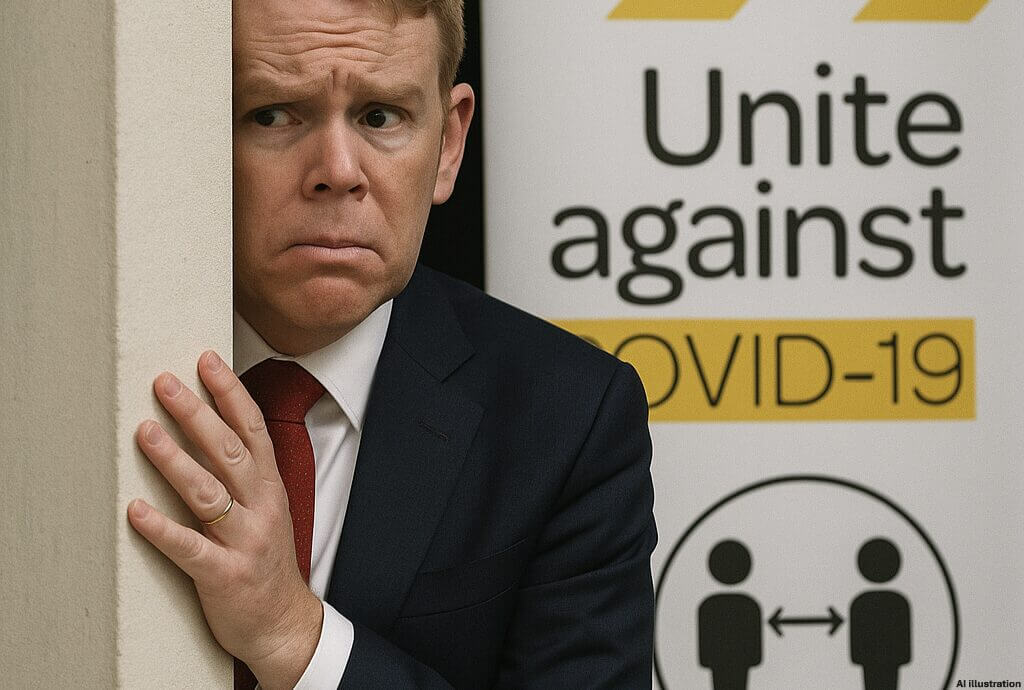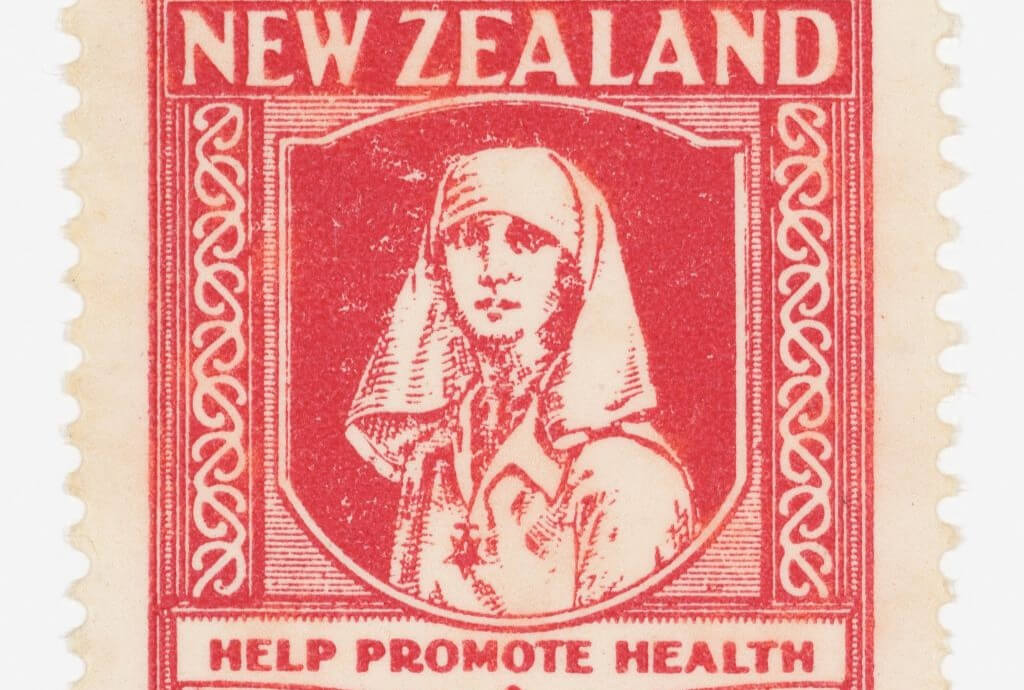Summarised by Centrist
A 26-year-old police officer from the United States, Ryan Kingerski, ended his life five months after undergoing Lasik, blaming the surgery in a handwritten note: “I can’t take this anymore. Lasik took everything from me.” He had been suffering from chronic headaches, double vision, and extreme eye pain.
Other high-profile cases, including that of Detroit meteorologist Jessica Starr and Canadian father Paul Fitzpatrick, also left suicide notes linking their anguish to Lasik complications.
In the US, the surgery was approved by the Food and Drug Administration (FDA) in 1999 and is still marketed as having a complication rate below 1 percent. But former FDA official Dr. Morris Waxler – who originally helped greenlight the procedure – has since attempted to reverse that decision. His own review put complication rates at 10 to 30 percent.
Starr’s post-surgery diary chronicled her physical and mental decline over two months. Fitzpatrick described two decades of stabbing eye pain, writing: “Pain, pain and more pain…”
Other victims include Gloria McConnell and Paula Cofer, who says she knows of 40 Lasik-related suicides and now runs a support group warning of long-term risks.
While the FDA does list possible side effects – glare, halos, double vision, and debilitating dryness – critics say these warnings are buried beneath a marketing campaign that has generated billions in revenue.



















